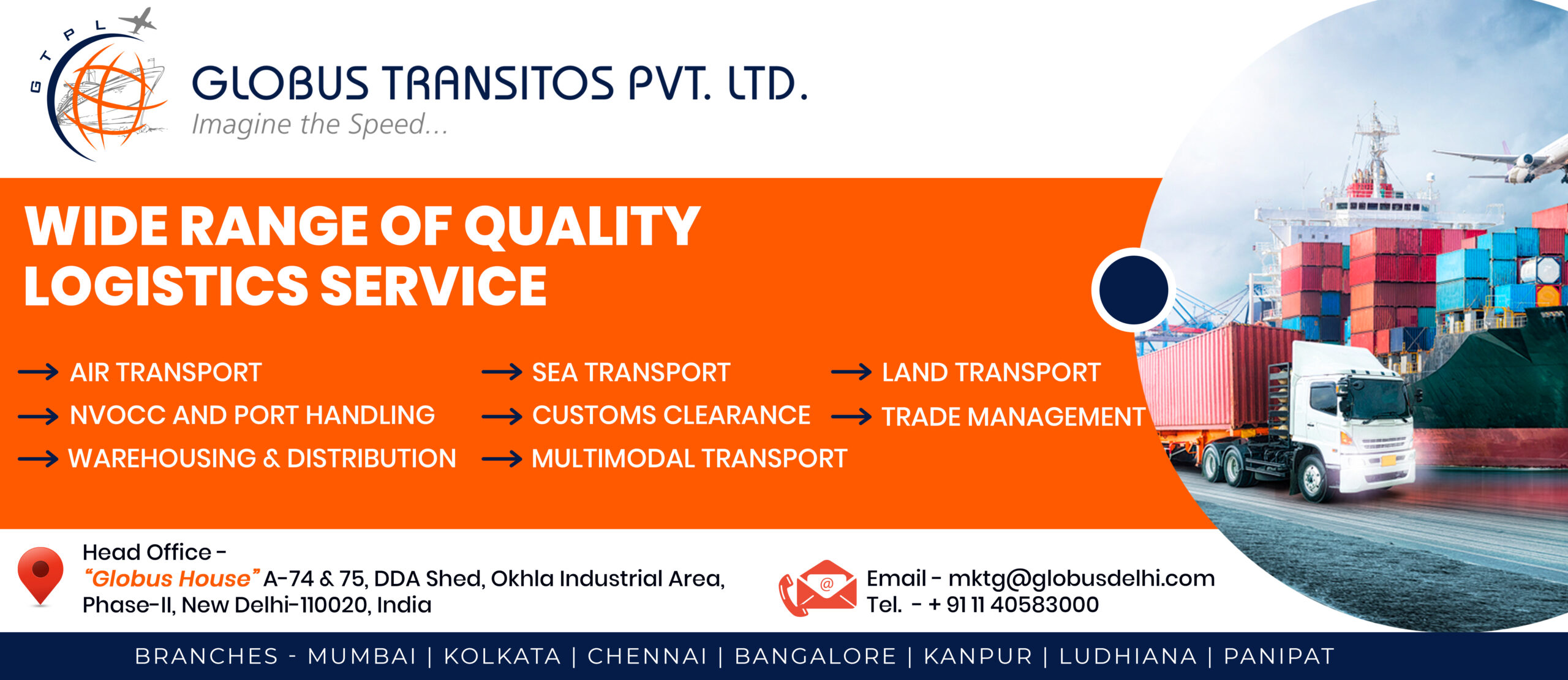German seaports are launching a new standardised digital release process for containers imported, called “Secure Release Order.”
This is intended to gradually replace the previously used PIN code-based process. Initiators DAKOSY and dbh expect to launch the introductory phase in the second half of this year.
The two logistics software service providers want to make pick-ups in German seaports more secure and at the same time establish effective measures to protect against organised criminal activities and the import of drugs via German seaports.
The key is the digitalisation of the entire release process with the “Secure Release Order”.
This reportedly ensures that from the container’s arrival on the docks at the seaport until its collection by the transport company, it is always clear who is authorised for the disposition of the container.
The container can only be released from one authorised party to the next. Each party digitally transfers the “authorisation for pick-up” to the next party along the transport chain.
This identity-based “authorisation for pick-up” will gradually replace the previous anonymous PIN procedure, according to the port. Operations will be rolled out step-by-step in the second half of 2024.
The new process involves all participants in the transport chain, including carriers, terminals, freight forwarders and transport companies. Communication is no longer direct but will be encrypted via the neutral and multi-site IT platform German Ports, which DAKOSY and dbh operate jointly.
The IT platform can be used to verify who is the final rights holder at any given time. For example, terminal operators will be able to check in German ports whether the company which arrives to pick up the container holds the authorisation for pick-up.
The slot booking process for trucks and the driver registration process at the terminals are also integrated into German Ports. As a result, there is a clear digital link between the authorisation for pick-up, the transport pre-announcement and the truck driver, the port reported.
According to the Port of Hamburg, the standardised digital process significantly improves the security of import clearances in several ways, including the following:
- Authentication and transfer of release rights
- Documentation of the timeline history of release rights in German Ports
- Protection from unauthorised data access and manipulation using encrypted safeguarding of information in the German Ports IT platform.
In January, the Port of Antwerp-Bruges reported that 60 per cent of the containers collected daily at its deep-sea terminals are using the new data platform, Certified Pick up (CPu).



